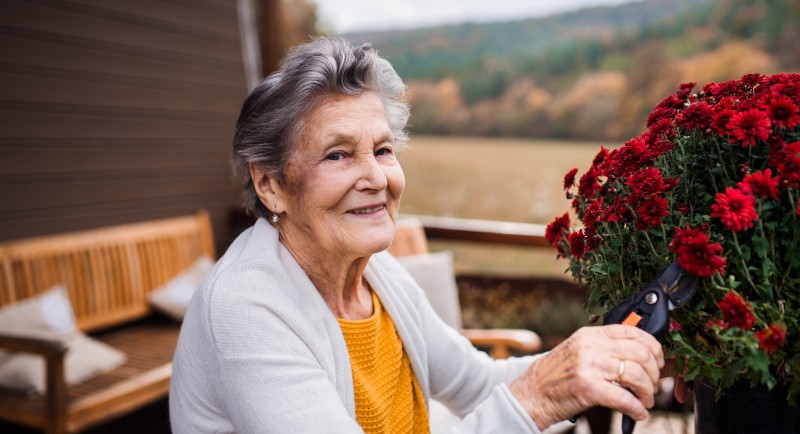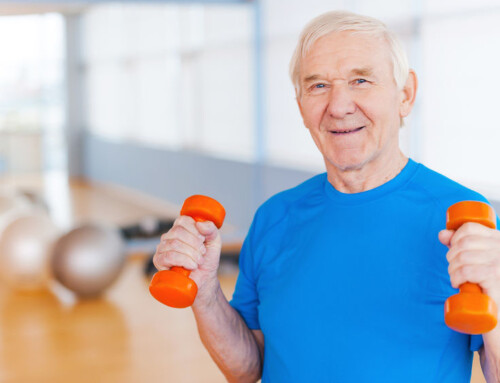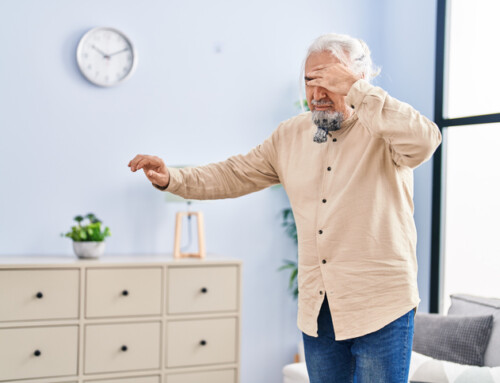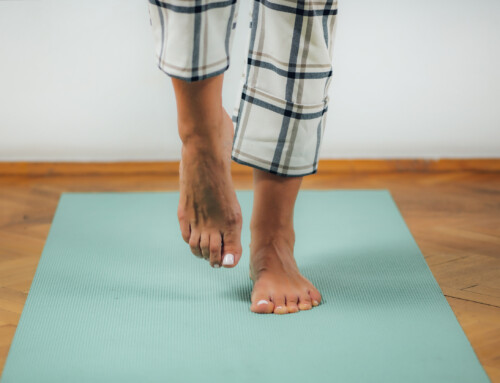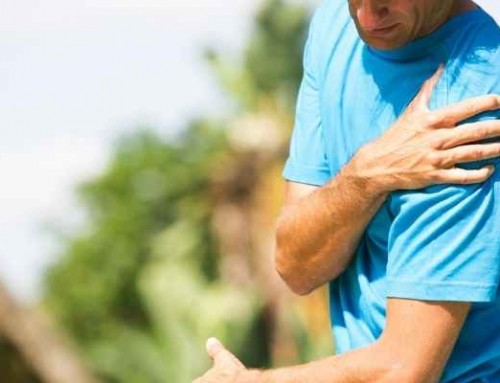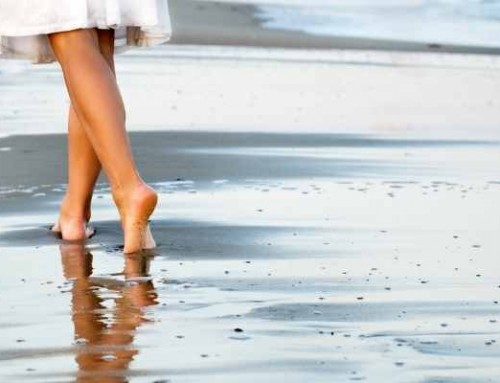by Brendan Miller, SPT
Fall Prevention Strategies
These fall prevention tips and a simple at-home fall prevention checklist for seniors is just one way of keeping in mind some ways to maintain a safe environment that is less likely to cause injury.
- Falls are the most common cause of traumatic brain injuries and fractures in older adults and are the leading cause of unintentional death within people 65 and older.
- Approximately 15% of falls are considered to be unavoidable and would happen to anyone at any age.
- Another 15% of falls occur from a single event, such as stroke or fainting.
- The remaining 70% of falls are due to other risk factors which can be mostly prevented. These risk factors include: strength deficits; balance deficits; mobility deficits; medication errors, management, and polypharmacy; vision impairment; cognitive impairment; depression; and effects of multiple comorbidities.
Many of these factors are controllable to a degree, such as strength, balance and mobility deficits, medication errors, management and polypharmacy, and vision impairment. Another large factor that plays a role in falls is environmental and home hazards. With all of that being said, let’s look at some ways that you can help to prevent falling.
At-Home Fall Prevention Checklist for Seniors
Exercise… Keep moving!
The best way to improve balance, strength, and mobility is simply to exercise. Some people believe that by being cautious and avoiding activity they will decrease their risk of falling. This is false! Although there may be less opportunities for an individual to fall, the risk of falling increases with a sedentary lifestyle due to deconditioning of the musculoskeletal system and loss of automatic responses to loss of balance.
Combat a sedentary lifestyle by finding an activity that you enjoy and do it frequently. Activities worth considering may be walking, aquatic aerobics, tai chi, snowshoeing, cross-country or alpine skiing, cycling, dancing (tango, salsa, waltz, etc.), or yoga. Performing such activities will help to improve balance, coordination, flexibility, and strength which will, in turn, decrease the risk for falls.
See an eye doctor
With the normal aging process, the lens in the eye hardens and cloudiness can occur. The function of the lens is to focus light to form images at the retina, allowing you to see at different distances. This hardening can make judging distances difficult and can cause misjudgment in steps while walking. Clouding of the lens is called cataracts and are very common. Cataracts can impair the ability for an individual to see clearly, can make seeing in the dark difficult, and can make bright lights seem too bright. A check up with an eye doctor (optometrist or ophthalmologist) may be warranted if you are experiencing any difficulties with your sight.
Talk with your pharmacist or prescribing doctor(s)
Pharmacists are educated and often well trained so that they can talk to you about your medications, look for possible drug interactions that may occur from taking more than one drug, and can talk with your doctor(s) about concerns with your medications.
If you are taking multiple medications from more than one prescribing doctor, you may want to consult your doctors about medication that is being prescribed elsewhere. Carry with you an updated list of medications and dosages you are taking in order to avoid having to remember names and to be able to give reference to medication when consulting with a doctor or pharmacist.
Home Hazard Modifications
Many modifications can be made within your household to avoid tripping or loss of balance. The following is a list of suggested modifications for preventing falls within the home.
- Wear appropriate shoes for specific surfaces.
- Wear shoes with tread or are slip resistant for smooth surfaces such as wood or linoleum flooring.
- Avoid wearing slippers if you are at risk for falls as slippers provide no foot support, give less feedback to your feet about the floor beneath, and can fall off of your feet and cause a tripping hazard.
- Use non-skid rugs, secure rugs, or remove rugs with lips that your feet can catch on.
- Keep pathways clear.
- Assess your stairways and make them accessible.
- Fix loose or uneven steps.
- Install handrails and lights on both sides.
- Attach nonslip rubber tread and remove carpet from stairs.
- Make sure lights/lamps are easy to reach to avoid losing balance while reaching.
- Plug in night lights to be able to see when navigating at night.
- Keep frequently used items in easy-to-reach places.
- Never use a chair as a step stool.
- Install grab bars next to toilets and inside showers.
- Use nonslip mats in bathtub and showers.
- Consider a shower chair.
- Immediately clean spilled liquids, grease or food.
Use this at-home fall prevention checklist for seniors as part of a strategy to prevent falls and injury. If you or a loved one are experiencing difficulties with balance or have had a recent fall, it would be prudent to make an appointment with a physical therapist to find and address any deficits in strength, flexibility, balance, and coordination which may be affecting you. Addressing balance and fall prevention can be key to avoiding serious injury.
The physical therapists at Capital Area Physical Therapy can provide a fall risk assessment and preventative maintenance for older adults to help minimize their risk of injury and maintain a higher quality of life. Contact them at their Saratoga Clinic at 518-289-5242, or in Queensbury at 518-289-5242.

